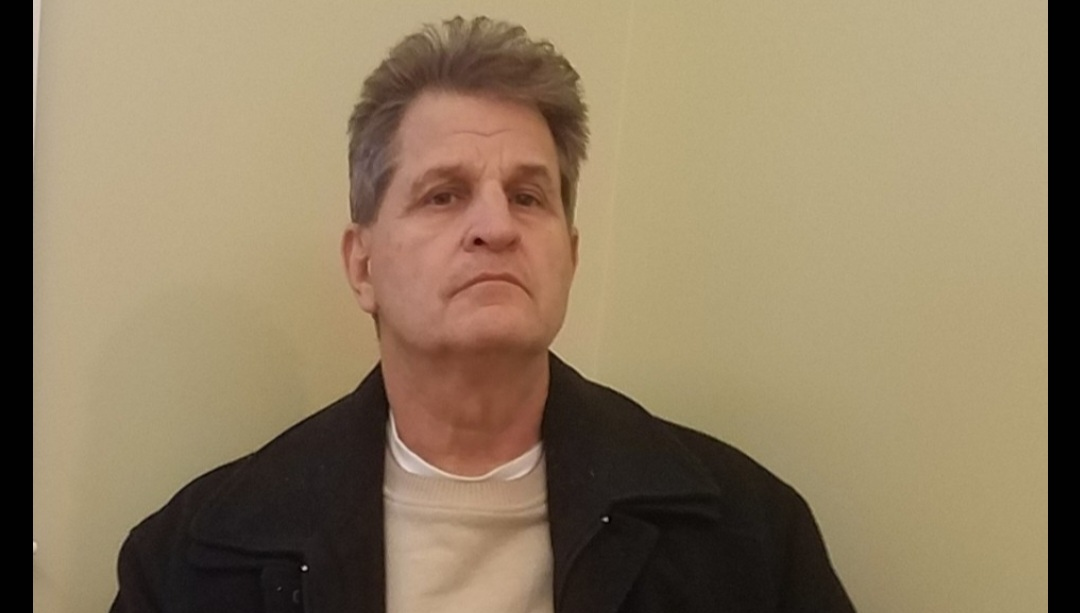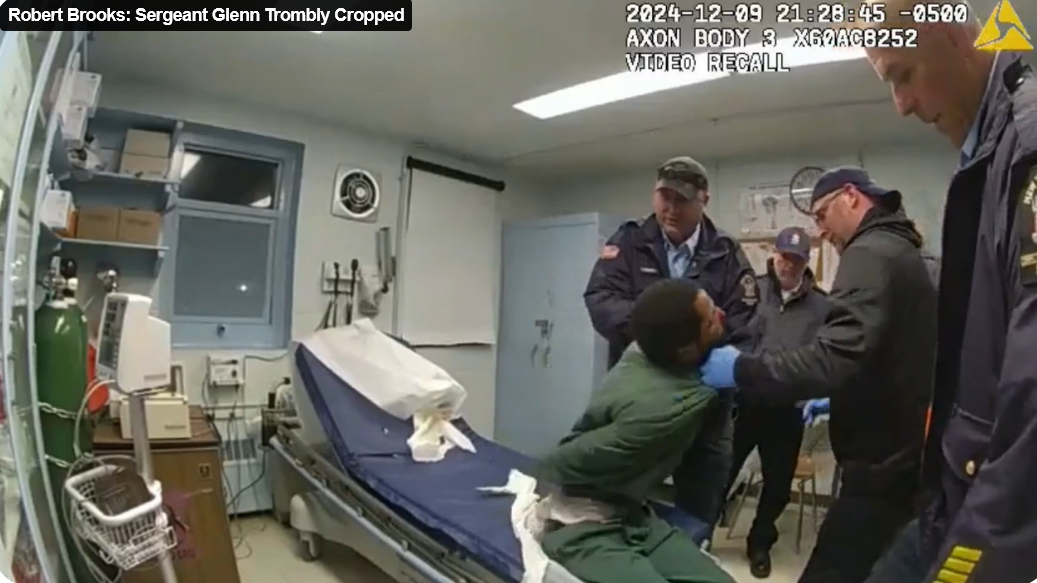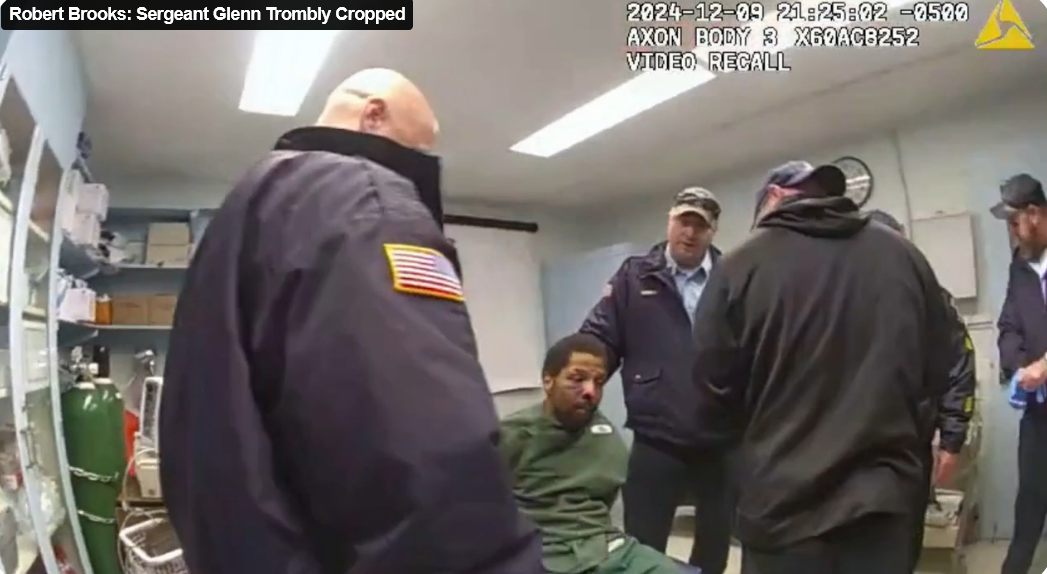The West, Texas explosion
In the aftermath of the explosion of a fertilizer storage facility in West, Texas last year that killed 15 people and destroyed three schools and a nursing home, federal officials realized there are serious gaps in federal oversight authority of facilities that house dangerous chemicals.
In response, President Obama tasked an interagency working group with developing new guidelines for improving chemical facility safety and ensuring that some federal agency has responsibility for implementing and enforcing new safety guidelines.
On Friday, June 6, the interagency working group (comprised of the U.S. Environmental Protection Agency, the Occupational Safety and Health Administration, and the Department of Homeland Security), released its report. The report, Actions to Improve Chemical Safety and Security: A Shared Commitment, presents policy options for ensuring better coordination among oversight agencies, more robust involvement of communities in planning, filling regulatory gaps, and suggests best practices and voluntary guidance in the use and storage of toxic chemicals by the businesses that use them. Though useful recommendations and a good start, these are baby steps.
The boost that chemical safety needs would require a federal mandate that companies using and storing toxics shift to using safer technologies, safer operating procedures, and safer chemical alternatives when they are available and affordable. This prevention approach is just common sense.
And the American public agrees. In a survey conducted with our partners in the Coming Clean Collaborative, 55 percent of American voters supported a federal requirement for companies to shift to safer chemical alternatives if they are available and affordable. That support rose to 66 percent when those voters were informed that more than 100 million Americans live in high-risk zones near chemical facilities and that hundreds of plants have already switched to safer chemicals and practices.
Some private companies have already reduced the hazards they pose to surrounding communities by reducing the amount of high-risk chemicals that are stored on site at any one time; others have changed production processes. Companies like Chlorox and many public water utilities have shifted away from using highly dangerous chlorine gas to using safer alternatives like liquid chlorine and non-chlorine compounds – while sustaining jobs and profits. We are dismayed that the report did not specifically require or recommend any of these actions.
After almost a year of study and nine public listening sessions, the working group missed an important opportunity to take a giant step forward on chemical safety. Accidents at chemical plants continue to occur each month, putting workers and communities at risk, so this is not a bureaucratic issue. Lives are at stake. Peoples’ health is at stake. We need to shore up safety and security at our nation’s chemical facilities now.
To actually protect the American people from chemical catastrophes, President Obama should empower the EPA, OSHA, and DHS to issue effective, enforceable standards that require companies to assess their operations and, where feasible, use inherently safer chemicals and technologies. Failure to adopt safer substances or manufacturing processes should be met with stiff penalties.
If the administration wants improvements in chemical security to be part of its legacy, it has no time to waste. These three federal agencies have about 18 months to get their highest-priority policy changes in place. At a minimum, we’d like to see requirements for specific safer technologies and chemicals and better company reporting on these chemicals in place by December 2015.
An analysis we released in mid-April showed that one out of every ten children attending public schools in the U.S. studies within a mile of a facility that stores or uses toxic chemicals, at levels that could result in a major catastrophe. It’s time to ratchet down these risks. Establishing an enforceable “safest chemical alternative” standard would be a huge leap forward. Let’s hope the administration has the courage to make that leap.
Sean Moulton is the director of open government policy at the Center for Effective Government in Washington and a member of the OpenTheGovernment.org steering committee. Ronald White is the director of regulatory policy at the organization. The Center for Effective Government is a member of the Coalition to Prevent Chemical Disasters. This article previously appeared in The Hill.






